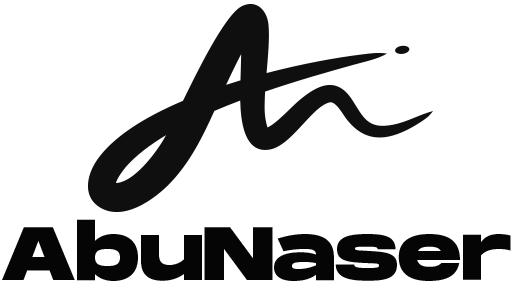In the modern digital economy, successful technology companies are no longer defined by a single product or service. Instead, they thrive by building integrated ecosystems that combine robust infrastructure, scalable products, and continuous training.
This integration allows tech leaders to accelerate innovation, reduce dependency, and empower both customers and teams. Whether you’re a SaaS startup or an established enterprise, unifying these three pillars — infrastructure, product, and training — is key to long-term success.
A great example of this model is seen in TechNet, founded by Abu Naser Ibne Kashem (👉 abunaser.me His ecosystem connects three strategic arms: TechNet Cloud (infrastructure), RepairSuite (SaaS product), and TechNet Academy (training). Together, they form a holistic framework for sustainable digital growth.
1. Infrastructure as the Foundation for Growth
With the infrastructure layer established, the next critical element is the product that delivers value to customers. In this ecosystem, RepairSuite exemplifies how a well-built product aligns with infrastructure to maximise impact.
What is RepairSuite?
RepairSuite is a SaaS platform designed for repair shops and service businesses. It consolidates repair workflows, inventor management, invoicing, multi-branch operations and customer communication into a single unified dashboard. repairsuite.co.uk+1
Key product features include:
- A comprehensive repair ticket system that tracks device intake, status, diagnostics, and customer updates.repairsuite.co.uk
- Inventory and product tracking that integrates with repair workflows, enabling parts management, supplier tracking and low-stock alerts. repairsuite.co.uk+1
- Multi-branch and staff management capabilities, allowing operators to manage multiple locations from one dashboard while maintaining operational consistency. repairsuite.co.uk+1
- Integrated invoicing and billing modules built for repair operations, streamlining payment capture, tax calculations and branch-level financials. repairsuite.co.uk
2. Product as the Value-Delivery Engine: RepairSuite in Focus
Infrastructure serves as the backbone of any scalable tech business. Without a reliable, secure and flexible foundation, even the best product may falter under scale or complexity.
By controlling or tightly integrating the infrastructure layer (in this case TechNet Cloud), a company gains numerous strategic advantages:
- Reduced reliance on third-party providers and greater margin control.
- Faster deployment cycles and more predictable performance.
- A scalable architecture to support growth without linear cost increases.
3. Training as Talent & Market Cultivation Engine
The third pillar, training and education, is often overlooked but it’s a powerful lever. With training programmes (such as TechNet Academy), companies create a stream of skilled people who understand the stack, the product, and the ecosystem. This means:
- A pipeline of internal and partner talent aligned to your tech stack and business model.
- Enhanced brand authority: when you teach, you lead.
- Expanding ecosystem reach: trained professionals become customers, advocates, or extension partners.
4. Ecosystem Synergies: When All Three Work Together
When infrastructure, product and training live together, they generate a flywheel effect:
- The infrastructure powers the product with performance, reliability and scalability.
- The product drives business outcomes and customer relationships, validating the infrastructure.
- The training equips people to use, support and extend both infrastructure and product.
5. Implications for Your Tech Venture
You don’t need to build all three pillars at once—but you should design toward them. Here’s how to apply this model:
- Consider pairing a product + infrastructure early, or product + training, and evolve toward all three.
- Use training not just for internal staff but as a growth channel and brand builder.
- Make infrastructure visible in your value proposition: “we host, we scale, we operate” not just “we build apps”.
- On your website, articulate your ecosystem clearly: “we build, we host and we teach.”
- Track ecosystem-wide metrics (product usage, infrastructure utilisation, training enrolments) not just product KPIs.
Final Thoughts: Building the Future, Not Just Software
In an age where technology commoditizes quickly, integration is the new innovation.
By aligning infrastructure, product, and training, companies can build ecosystems that adapt faster, scale smarter, and deliver enduring impact.
TechNet into not just a software company, but a sustainable digital ecosystem that empowers businesses and people alike.
So as you design your next venture, ask yourself:
“Am I just building a product, or am I building an ecosystem that can thrive for decades?”



